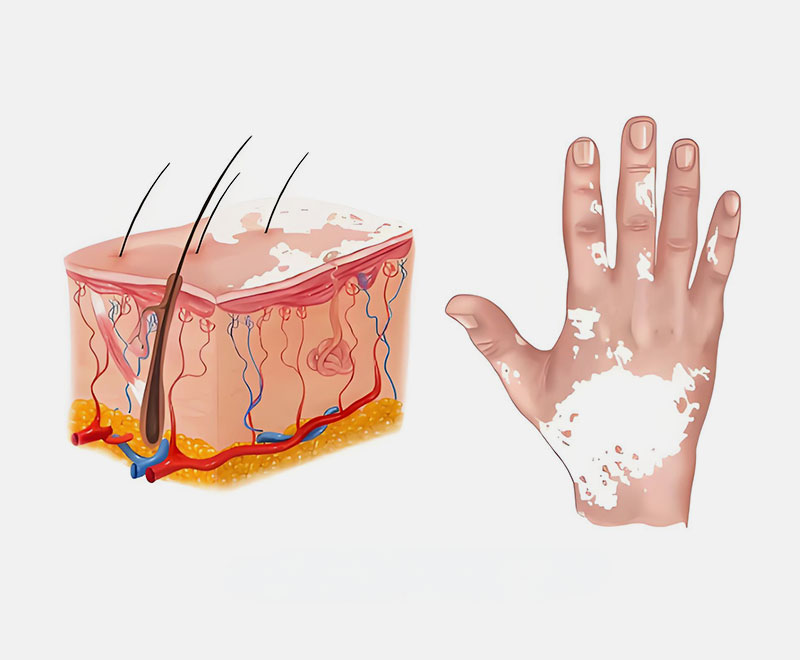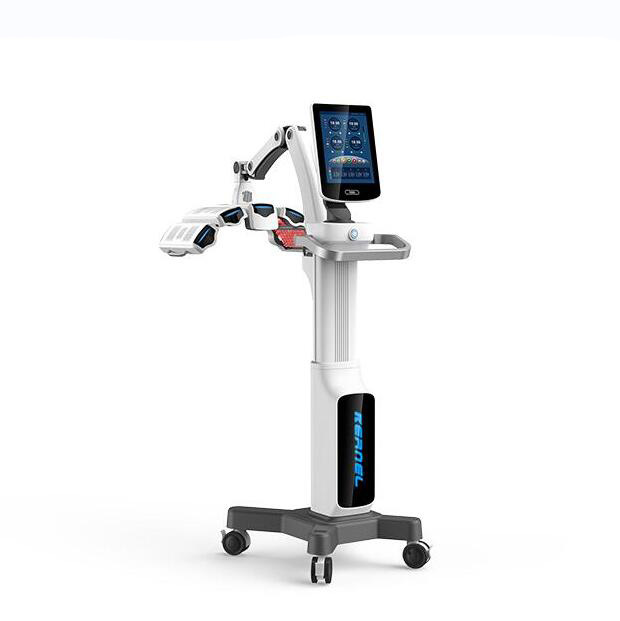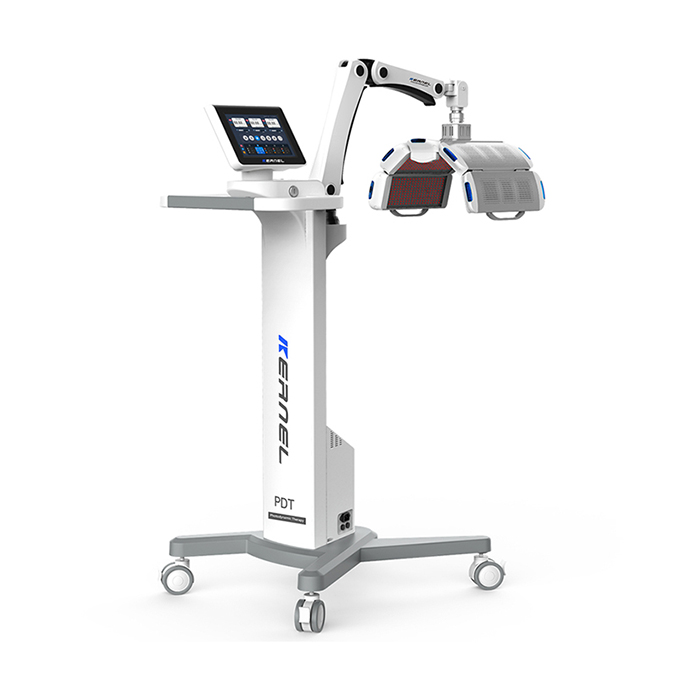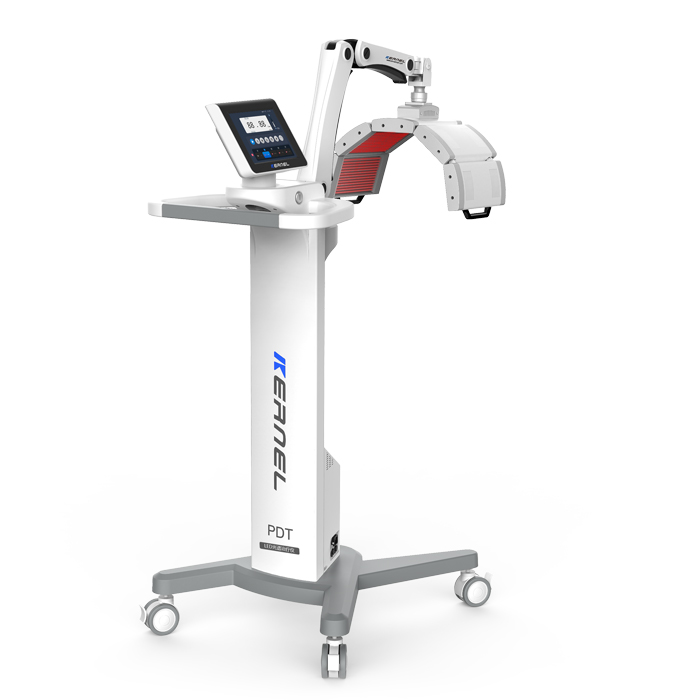What is Photodynamic Therapy?
Photodynamic therapy (PDT) is an innovative non-invasive treatment that combines medication and medical devices, relying on the photodynamic effect to destroy cells and pathogens. PDT can effectively treat various stubborn skin conditions, including actinic keratosis, superficial skin tumors, moderate to severe acne, and HPV-related diseases.
In PDT, the "light" component plays a crucial role, alongside the other two essential elements—photosensitizers and oxygen. The choice of light parameters and light source equipment significantly impacts the treatment's effectiveness. To provide clinical guidance, Liu Pei and colleagues reviewed several key factors related to the selection of light parameters and light source equipment in PDT.
Choosing the Wavelength of the Light Source in Photodynamic TherapyThe selection of the light source wavelength is primarily based on the absorption spectrum of the photosensitizer, targeting wavelengths with high absorption coefficients as the excitation light source. At the same time, the penetration ability of the light source must be considered; too weak a light may not reach sufficient depth, while overly strong light can cause excessive damage to surrounding healthy tissue. Common photosensitizers include aminolevulinic acid (ALA), methyl aminolevulinate (MAL), and hematoporphyrin monomethyl ether (HMME). Clinically, 410 nm blue light or 630 nm red light is typically used as the excitation source for ALA-PDT and MAL-PDT, while a light source around 532 nm is generally selected as the excitation source for HMME-PDT.
Selecting the Type of Light Source for Photodynamic Therapy
PDT light sources can be classified into laser sources (coherent light) and non-laser sources (non-coherent light). Common laser sources include semiconductor lasers and high-power helium-neon lasers, while common non-laser sources include light-emitting diodes (LEDs) and intense pulsed light (IPL). The choice of PDT light source should consider factors such as the extent of the lesion, location, and patient needs. LED light sources are generally used for multiple, large-area lesions, while semiconductor lasers or other fiber-optic sources are recommended for localized lesions. Cylindrical diffuse fiber-optic sources are suitable for treating intraluminal lesions such as urethral, vaginal, or anal warts. For moderate to severe facial acne or actinic keratosis, where patients have cosmetic concerns, IPL can be chosen.
Operating Photodynamic Therapy EquipmentBefore treatment, adjust the height of the articulated arm stand and the angle of the light source to ensure close contact between the light source and the affected area. Set the intensity and duration, then proceed with the light exposure.




